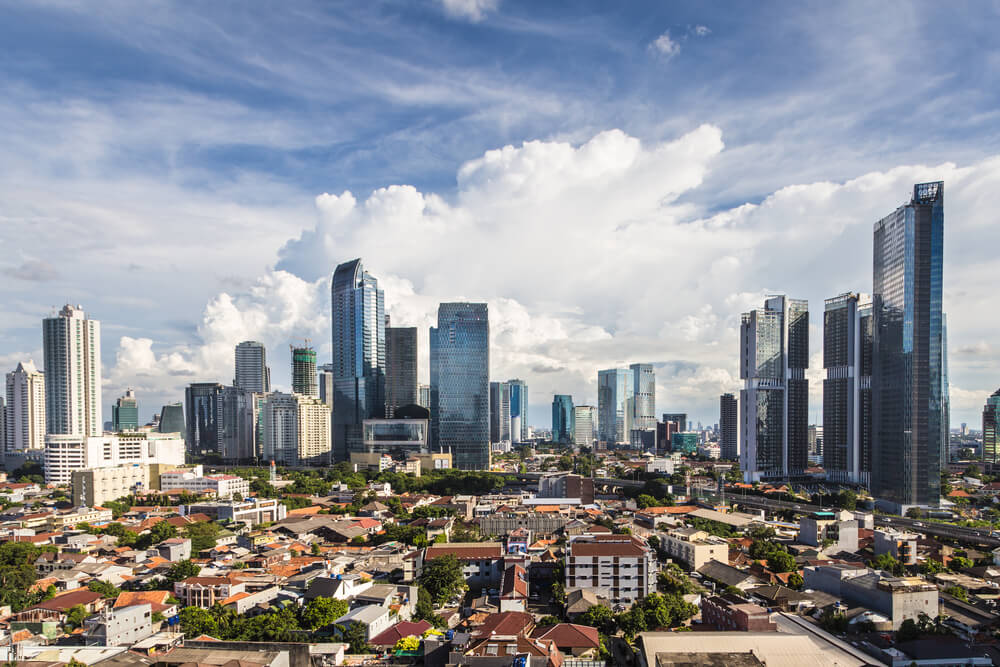Key Points
- Mali faces a severe heatwave, with temperatures reaching up to 48°C, leading to health crises and over 100 deaths.
- Power cuts worsen the situation, affecting daily life and causing significant price hikes for essentials like ice.
- Better preparedness and adaptation strategies are needed to handle future climatic extremes.
As Mali confronts an unprecedented 48°C heatwave, the nation is witnessing a dramatic increase in health emergencies and economic strain. This severe weather phenomenon has already resulted in over 100 deaths, with countless others suffering from heat-related ailments. The crisis extends into the market, where the cost of necessities like ice and bread has surged, sharply reflecting the broader socio-economic impacts of extreme temperatures.
Daily Impact: 15 Hospitalised in Mali Amidst 48°C Heat
The current heat wave is taking a severe toll on public health, with an average of 15 hospitalisations per day attributed to heat-related conditions. Elderly individuals and young children are particularly at risk, facing dehydration, respiratory issues, and other serious health problems. Local healthcare facilities are under tremendous pressure, coping with the influx of patients needing urgent care to manage symptoms exacerbated by the heat.
Mali: Ice Costs Skyrocket 5x Due to Chronic Power Outages
Complicating the struggle against the heat are ongoing power outages across the country. These outages have been a problem for nearly a year, stemming from the financial troubles of the state power company. Consequently, the erratic power supply has hindered the use of electric fans and refrigeration. This situation leads to food spoilage and an uncomfortable living environment. In response to these challenges, ice prices have dramatically increased. They have risen from 100 CFA to 500 CFA per small bag. This increase occurs as residents seek any relief possible from the oppressive temperatures.
Outdoor Sleep a New Norm in Mali Amid 40°C+ Forecast
Many Malians have started sleeping outdoors to cope with the relentless heat, particularly during the night when indoor conditions become unbearable. Large mats are laid outside, creating makeshift sleeping areas that offer a slight reprieve from the oppressive indoor air. This adaptation has become routine as the country braces for continued high temperatures, with forecasts predicting more than 40°C+ days in the upcoming weeks.
Climate Change Exacerbates Mali Heat: Calls for Immediate Response
The extreme heat events in Mali clearly manifest the broader impacts of climate change. Studies show that human-induced factors significantly intensify such temperatures. Experts from the World Weather Attribution highlight an important point: current temperature extremes would likely be cooler by approximately 1.5°C if not for climate change. Human activities, such as fossil fuel consumption drive this climate change. Consequently, this situation underscores the urgency for local and global efforts. There is a need to address the root causes of climate change and implement robust adaptation strategies. These strategies are essential to safeguard vulnerable communities.
As Mali navigates through these challenging times, the resilience of its people is evident. Yet, the need for a structured and proactive approach to climate resilience is more critical than ever. The current crisis highlights the immediate impacts of extreme weather and serves as a stark reminder of the long-term challenges. Global and local stakeholders must collaborate on sustainable solutions to enhance preparedness and mitigate the future risks associated with climate change.











